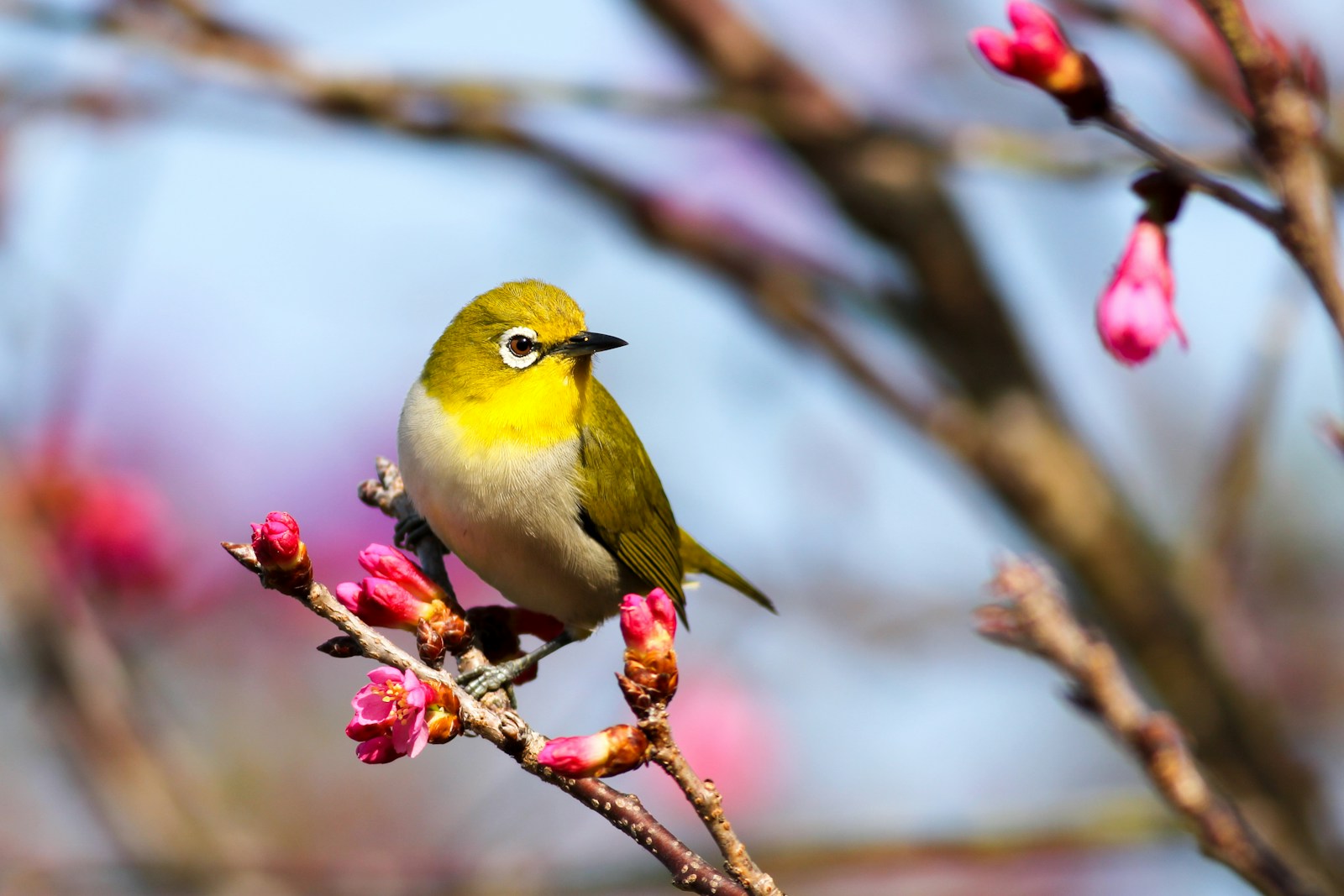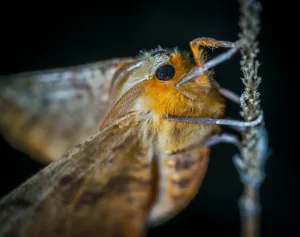Do you have a garden you’d love to fill with life? What’s more beautiful than the sight of a chirping bird perched on a flowering branch? Birds bring vibrancy, color, and energy to any garden, enhancing its beauty while supporting a healthy ecosystem. Futhermore, more than just charming visitors, birds help control pests, pollinate flowers, and contribute to a thriving environment. Attracting birds to your garden doesn’t require elaborate landscaping or exotic plants; it simply calls for a thoughtful approach to creating a bird-friendly space. By providing the essentials—food, water, shelter, and nesting areas—you can transform your garden into a welcoming habitat for a variety of bird species.
This guide explores practical, effective ways to attract more birds to your garden and create a sanctuary where birds and other wildlife feel safe and supported. From selecting the right plants to adding bird feeders and water sources, these tips will help you bring the beauty and benefits of birds to your backyard.
1. Offer a Variety of Bird Feeders and Food
One of the best ways to attract birds is by providing a steady source of food through bird feeders. Different birds prefer different types of seeds and feeders, so offering a variety of both can attract a wider range of species. For example, tube feeders filled with sunflower seeds appeal to finches, sparrows, and chickadees, while platform feeders can attract larger birds like cardinals and doves. Suet feeders are excellent for woodpeckers, nuthatches, and other insect-eating birds, especially in winter when insects are scarce.
In addition to seeds, offer nectar feeders for hummingbirds, particularly in warmer months when they are more active. Fresh nectar (a mixture of sugar and water) will keep them coming back. Remember to clean your feeders regularly and keep them well-stocked to maintain a reliable food source, which will encourage birds to make your garden a regular stop.
2. Plant Native Trees, Shrubs, and Flowers
Native plants are key to attracting birds because they provide natural sources of food, shelter, and nesting materials that local bird species recognize and rely on. When you choose native trees, shrubs, and flowers, you create an ecosystem that birds feel comfortable and safe in. For instance, berry-producing shrubs like dogwood, serviceberry, and elderberry offer both food and cover for birds, while native flowers attract insects, which are a primary food source for many species.
Plants like coneflowers, sunflowers, and black-eyed Susans produce seeds that finches and sparrows love, while native grasses provide both seeds and nesting materials. Native plants are adapted to your local climate, requiring less maintenance and supporting more insects, which in turn attracts insect-eating birds like warblers and flycatchers. By choosing a variety of native plants, you can offer food and habitat year-round.
3. Provide Fresh Water Sources
A reliable water source is essential for attracting birds, as it provides drinking water and a place to bathe. Birdbaths are a popular choice and come in a variety of designs to suit your garden aesthetic. Place birdbaths in shaded areas to keep the water cool and refreshing, and choose shallow designs with gentle slopes so birds can safely access the water.
If possible, add multiple water sources to accommodate more birds. A small pond or a fountain can be particularly attractive, as the sound of running water will draw birds from a distance. To keep birds coming back, remember to clean your water sources regularly and refill them daily, especially in summer when water evaporates quickly. In winter, consider using a heated birdbath or adding a bird-safe heater to prevent water from freezing.
4. Create Layers of Vegetation for Shelter
Birds feel safest in gardens that offer layers of vegetation, which mimic their natural habitats and provide shelter from predators and harsh weather. By layering plants of varying heights—such as ground cover, shrubs, small trees, and taller canopy trees—you create a complex environment where birds can find food, nesting spots, and hiding places.
For example, ground cover plants like ferns and low-growing shrubs offer cover for ground-feeding birds such as sparrows and towhees, while mid-sized shrubs give shelter to species like robins and cardinals. Taller trees are ideal for birds that nest higher up, including woodpeckers, hawks, and owls. Creating these layers not only attracts more birds but also encourages a greater diversity of species to make your garden their home.
5. Add Nesting Boxes or Birdhouses
Many bird species rely on nesting boxes or birdhouses for safe nesting sites, especially if natural cavities are scarce in your area. Different birds prefer different types of nesting boxes, so do some research on the bird species common in your region. Place nesting boxes in quiet, sheltered areas away from high-traffic parts of the garden, and make sure they’re securely fastened to prevent movement or tipping.
For instance, bluebirds and chickadees are likely to use smaller birdhouses with a specific hole size to deter larger birds or predators. Avoid placing boxes too close to each other to reduce competition, and clean them out each year after the breeding season to keep them ready for new occupants. Offering suitable nesting sites can encourage birds to settle in your garden and raise their young.
6. Provide Nesting Materials
Birds often gather materials to build their nests, and you can help by leaving natural nesting materials available around the garden. Place small piles of twigs, grass clippings, or leaves in an accessible spot. Avoid using synthetic materials like plastic, which can harm birds. Instead, natural fibers like wool, cotton, and straw are safe and biodegradable, providing a secure foundation for nests.
You can also leave out feathers or pieces of pet fur in spring to assist birds in insulating their nests. Nesting materials attract birds during the breeding season and help them feel comfortable building their homes in your garden.
7. Limit Pesticide Use to Protect Insects
Many birds, especially during breeding season, rely on insects to feed their young. Limiting pesticide use allows beneficial insects to thrive, providing a natural food source for insectivorous birds like warblers, swallows, and flycatchers. Pesticides not only reduce insect populations but can also harm birds directly when they come into contact with treated plants or consume affected insects.
By using organic gardening practices and welcoming insect diversity, you create a balanced ecosystem where birds can find food naturally. Companion planting and manual pest control are effective ways to manage pests without harming the insects that birds rely on.
8. Keep Cats Indoors
Domestic cats are one of the biggest threats to bird populations, with outdoor cats killing billions of birds each year. To make your garden a safe space for birds, keep your cats indoors or supervise them when they’re outside. If keeping cats indoors isn’t an option, consider using a cat-proof fence or a catio to limit their access to the garden.
Birds are more likely to visit gardens where they feel safe, and reducing the risk of predation will encourage them to return regularly. This simple step can make a significant difference in protecting the birds you attract.
9. Install a Bird-Friendly Garden Layout
A bird-friendly garden layout encourages birds to explore different areas and find what they need. Create open spaces for ground-feeding birds and denser areas with shrubs or trees for shelter and nesting. Paths, trellises, and garden structures can add visual interest and serve as perching spots for birds.
Position feeders and birdbaths near sheltering plants so birds can easily escape if threatened. By designing the layout with birds in mind, you can ensure a variety of species feels comfortable in your garden.
10. Use Bird-Safe Windows and Reflective Decals
Window collisions are a leading cause of bird deaths. To prevent birds from flying into windows, use decals, screens, or bird-safe glass treatments to make the glass visible to birds. Reflective decals placed on windows or bird tape with spacing patterns help birds recognize the window as a barrier.
Install bird-safe decals near feeders or other high-traffic areas in your garden. Reducing collisions keeps birds safe, helping them feel more at home in your outdoor space.
11. Provide Seasonal Food and Shelter
Birds’ needs change with the seasons, so adjust your garden offerings accordingly. In winter, stock high-fat foods like suet and sunflower seeds to help birds through cold months, and provide heated water if possible. In spring, focus on offering high-protein foods like insects for nesting birds, and ensure that flowers or fruit-bearing shrubs bloom in summer to support migrating species.
Adapt your garden to meet seasonal demands, ensuring a reliable food supply and suitable shelter throughout the year. This consistency encourages birds to visit regularly and depend on your garden as a year-round sanctuary.
12. Attract Birds with Colorful Flowers
Birds are naturally drawn to bright colors, especially hummingbirds, which are attracted to red, orange, and pink flowers. Planting colorful blooms not only enhances the aesthetics of your garden but also provides nectar, pollen, and seeds for different bird species. Tubular flowers, such as bee balm, trumpet vine, and salvia, are especially attractive to hummingbirds, providing a direct source of nectar.
By adding a variety of flowering plants, you can draw in birds and other pollinators, creating a lively, colorful habitat that supports the entire garden ecosystem.
13. Avoid Chemical Fertilizers and Opt for Compost
Composting is a bird-friendly way to fertilize your garden, as it enhances soil health without the harmful chemicals that can affect birds. Chemical fertilizers can harm both birds and beneficial insects, whereas compost provides nutrients naturally and encourages a balanced, healthy ecosystem. Organic compost fosters soil health and supports plant growth, attracting more insects and providing birds with a sustainable food source.
Using compost also supports plant health, leading to lush foliage and flowering, which in turn attracts birds seeking food, shelter, and nesting spots.
14. Create Small Piles of Brush and Logs
A brush pile or log stack offers excellent shelter and foraging opportunities for birds, particularly ground-feeding species like sparrows and wrens. These structures mimic natural hiding spots, giving birds a place to retreat and seek food. Brush piles also attract insects, providing an additional food source for insectivorous birds.
Incorporating logs, fallen branches, and rock piles into your garden encourages birds to forage, hide, and nest, making your garden a dynamic, natural habitat.
15. Add Perches and Natural Nesting Areas
Birds appreciate perching spots where they can rest, survey their surroundings, and sing. Incorporate natural perches such as branches, trellises, and garden structures to give birds a place to land comfortably. Nesting materials like twigs and pine needles can also be scattered in sheltered areas to encourage birds to build nests.
Perches and natural nesting areas create a welcoming space, making birds feel secure and at ease in your garden. When birds feel safe, they’re more likely to return, providing ongoing enjoyment and ecological benefits.
Conclusion
Attracting birds to your garden is a rewarding way to connect with nature and support local wildlife. By providing food, water, shelter, and a safe environment, you create a sanctuary where birds can thrive. Each addition to your bird-friendly garden, from native plants to birdbaths and nesting boxes, contributes to a healthy, vibrant ecosystem that benefits both the birds and your outdoor space.
With a bit of planning and commitment, your garden can become a favorite spot for birds, bringing beauty, joy, and biodiversity right to your doorstep. Embrace the opportunity to observe and support these feathered friends and enjoy the harmony and liveliness they bring to your garden.




